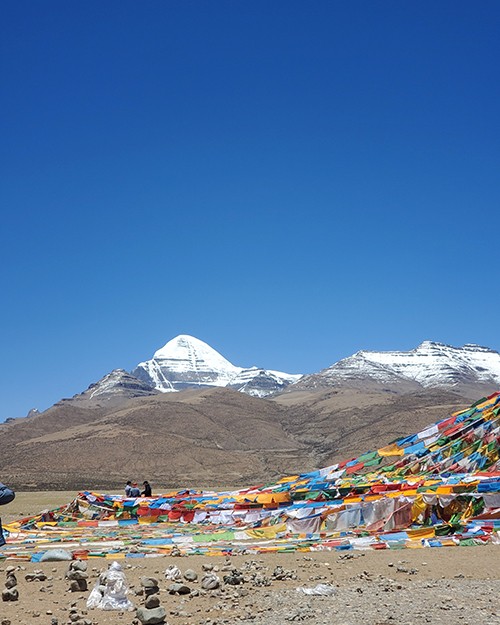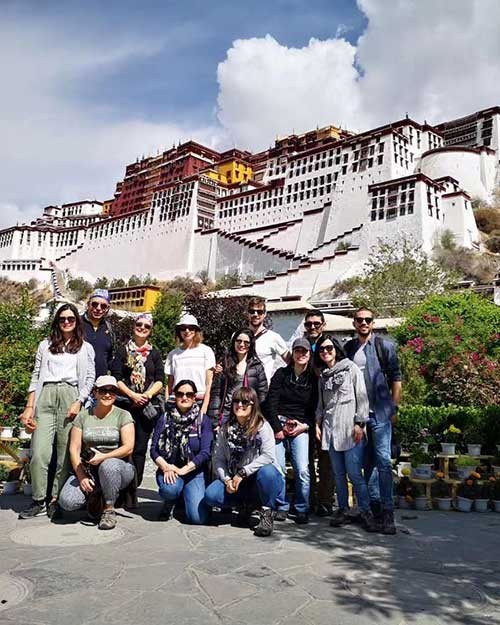The spiritual odyssey to Mount Kailash and Lake Mansarovar is more than just a pilgrimage; it's a transformative experience that transcends secular constraints. As you set foot on this sacred terrain, every step resonates with the significance of profound spirituality, rich culture, and preserved natural beauty.
A popular religious yatra to Mount Kailash and Mansarovar Lake is the most devoted route for Hindus, Buddhists, Jains, and Bons and also attracts pilgrims globally seeking spiritual rejuvenation and a connection with the mystical. We covered you to explore Kailash through various routes; it is to touch Mount Kailash or extended excursions to more distant parts of Tibet.
Choose your date and reserve your spot now for the Kailash Mansarovar Yatra 2025 with our best package, which includes a ton of itineraries and options for customizing your trip.
Before you embark on this sacred expedition, meticulous preparation is paramount. From choosing the best time to obtaining permits to health requirements, every detail is crucial. Ensuring you are physically and spiritually ready enhances the experience manifold.
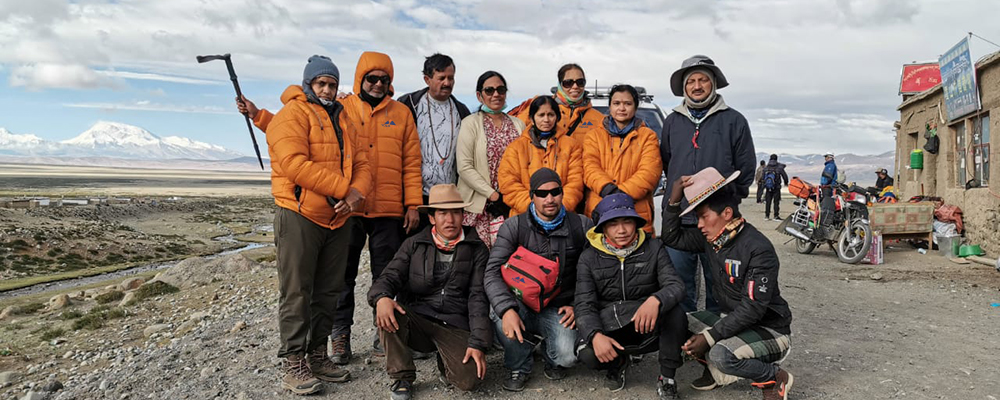
Mansarovar - The Lake of Spiritual Bliss
Mansarovar Lake, with its crystal-clear waters reflecting the towering peaks, is more than a lake; it's a reservoir of spiritual energy. Pilgrims partake in rituals and immerse themselves in the divine ambiance, forging a connection that lasts a lifetime. In Mansarovar, pilgrims normally stay for a night and perform spiritual and cultural activities such as Hawan and Puja, paying homage to their Pitris (dead ancestors), and simply worship the Holy Lake.
Yatris also performs a circulation of Mansarovar Lake, which takes approximately 1.5 hours and collects the water from the lake to take home with them. Taking a dip or bath in Mansarovar is strictly prohibited. Yolo Hike offers warm water from the Lake itself and provides you with the facility to bathe in the shower tent, especially for women and men who can shower in the specified area.
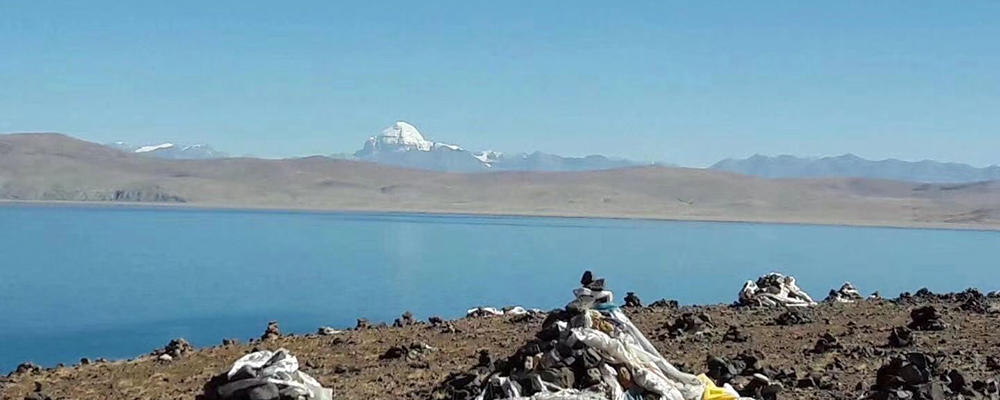
Kailash Parikrama (Circumbulation around holy Mount Kailash)
Embarking on the sacred Kora around Mount Kailash is a ritual that holds immense significance. The circumambulation symbolizes spiritual evolution, with every step deepening the connection between the pilgrim and the divine. Parikrama is one of the toughest and most sacred days in Kailash and Mansarovar Yatra. The Yatra unfolds through scenic landscapes and challenging terrains for three days. Pilgrims traverse through rugged trails, high altitudes, and pristine valleys, all while soaking in the spiritual energy that emanates from the revered Mount Kailash.
On the first day of Parikrama, we will drive from the Darchen to Yamadwar and start the actual hike of the Parikrama from Yamadwar to Derapuk, which is 13 km in total. The air is crisp and thin in the morning, so you need to be mentally prepared for Kora, It is not a tough journey if we walk slowly and take enough rest. On the second day, we will cross the maximum altitude of the trek, Drolma La Pass (5613m), also the toughest day of Parikarama, and also explore Shiv-Tsal and Gauri Kunda, covering 22 Km in total to reach Dzuthulpuk. You also have the option to do Charan Sparsha, which is touching Mount Kailash itself from Derapuk. On the last day of Kora, explore the caverns and temples surrounding the Milarepa cave and walk for 3 to 4 hours to reach Darchen from Dzuthulpuk.
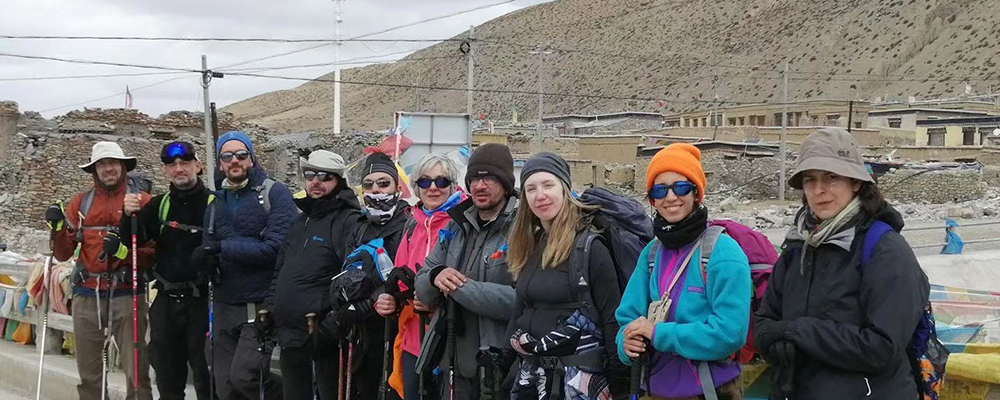
Permits and Visa Processing
The first step to applying for the Kailash Mansarovar Yatra is to process the Tibet invitation permit. The travel agency in Tibet has to invite a group of travelers to apply for the Tibet Group Visa. We need your passport copies a month before departure with at least 6 months of validity. Once we receive the invitation permit, we will send you a form to fill up your Personal Information, Family information, Work Information, and other mandatory information, which you have to send us back filling out, our representative handling the visa work might contact you if such information is not provided, as per the information you provide we will fill up your Tibet Visa Application, so, please make sure that all the information provided is accurate. We will collect your original passport upon your arrival and apply for your group visa at the Chinese Visa Application Center in Kathmandu.
We will receive the visa within three business days, and once received, we will leave Kathmandu as per the itinerary. Besides these permits and a Visa process, we will require additional permits such as road permits, alien permits, and military permits. Additional permits are required as per your travel nature. But not to worry, we handle and issue all your permits and visas in time.
Entering the Tibet
There are four major routes to enter Tibet.
- Mainland China to Lhasa
- Nepal Rasuwagadhi and Tibet Kerung Border
- Kathmandu to Lhasa by Flight
- Hilsa to Taklakot Border
When entering Tibet, make sure to observe the norms and regulations and be respectful of the authorities. While crossing the border, you must stay in the queue according to the name list on the Group visa paper. The most important thing to remember is to not bring any Dalai Lama-related items, such as portraits, textbooks, or sculptures. Check your photo collection for pictures of Dalai Lamas and Buddhist monks, then delete and trash them forever. Fresh fruits, vegetables, beverages, oils, and ghee are all banned. There are limits on taking pictures and videos while crossing the border; these must be rigorously adhered to to avoid having entry denied to the offending person or group. There may be instances where legal action is taken.


